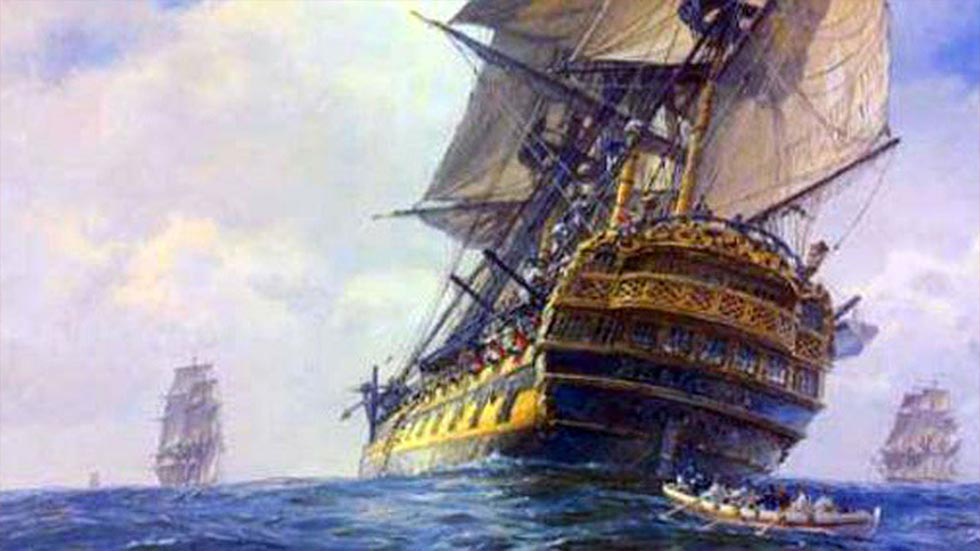A US firm that claims to have found the ancient San Jose galleon and its $4 billion treasure plans to begin extracting artifacts from the ship without permission of Colombia, whose government also claims to have found the ship.
President Juan Manuel Santos announced the finding of the ship, just off the coast of port city Cartagena, last year.
However, a US firm Sea Search Armada (SSA) has consistently claimed it located the vessel and its treasure decades ago already and claims a 50% finders fee, allegedly with the blessing of Colombia’s Supreme Court.
Why US investors claim half the treasure found in Colombia’s Caribbean
To complicate the matter even further, Spain also claims part of the treasure, arguing the ship sailed under Spanish flag when British war ships sank it in 1708.
But while Spain and Colombia have been trying to settle the dispute through diplomatic channels, SSA seeks to a head-to-head collision with the Colombian government, which has denied the American company’s predecessor provided the coordinates for the ship.
Spain proposes to leave $4B treasure on Caribbean seafloor to avoid conflict with Colombia
SSA Managing Director Jack Harbeston told The Miami Herald his company would launch an expedition to the site later this year and begin hauling up some of the treasure, whether Colombia likes it or not.
“We would be recovering artifacts — that would certainly be one of the top items on our list,” Harbeston told the Miami newspaper.
But with the ship lying well within Colombia’s maritime borders, the South American country’s Navy is not very likely to allow to treasure hunt, Harbeston admitted.
“If the [Colombian] navy is ordered to intercept us…there is not much we can do against that many guns and that big of guns,” he told The Miami Herald.
But with a 2007 Supreme Court ruling regarding SSA’s claimed ownership of half the treasure in his pocket, “I can’t imagine any government directly opposing the highest levels of the judicial branch.”
While SSA is unlikely to seek confrontation with the Navy, its expedition will force Colombia into a major legal battle if the coordinates given by SSA in 1982 prove correct.
Santos has claimed his own government was responsible for the find, implicating that SSA’s coordinates were incorrect.
In its 1982 report, the company provided latitude and longitude readings pointing to a spot 21.5 miles west of the Baru Peninsula. In that report, it stated that the wreck was “in the immediate vicinity” of the coordinates.
Now, according to SSA attorney Danilo Devis, the Colombian government insists the exact coordinates are what matter.
But according to Devis, “the coordinates were never meant to pinpoint the wreck,” explaining that GPS technology in the 1980s wasn’t as accurate as it is now. “It’s a starting point, or a point of reference to locate it — in the immediate vicinity.”
In other words, if SSA coordinates are in the “immediate vicinity” of the shipwreck, Santos has a problem with the Colombian Supreme Court and will have to defend his decision not to share the treasure at the highest echelons of Colombia;s judicial system.
But if SSA’s coordinates are too far off, its claims on half the treasure, estimated to be worth between $4 and $17 billion, will be a thing of the past.


